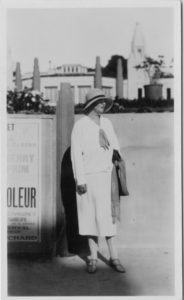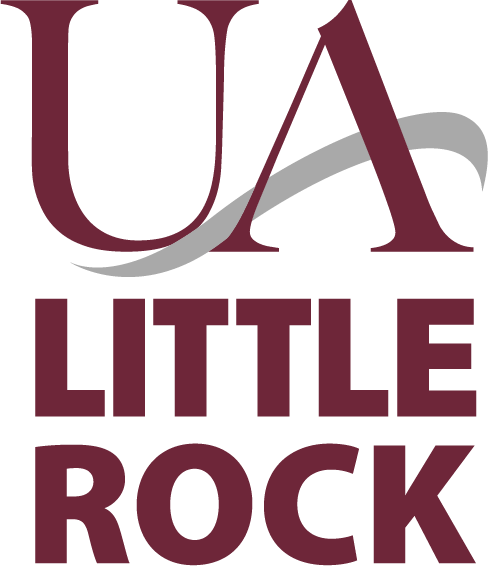In 1913, Fletcher met Florence “Daisy” Emily Goold Arbuthnot, the wife of photographer Malcolm Arbuthnot and mother of two children, Terence and Gwennie. Though Daisy was approximately ten-years older than Fletcher, she pursued him and he capitulated. This relationship was not out of character for Fletcher as strong-willed, older women appealed to him.
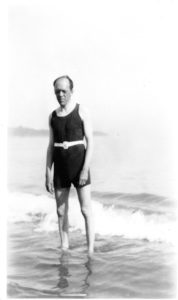
In a strange move, Fletcher went to Malcom Arbuthnot to announce his relationship with Arbuthnot’s wife. Even stranger, Arbuthnot did not protest the relationship as he had a mistress, which Daisy knew about. Fletcher had hoped that Arbuthnot would contest a divorce, as he was ambivalent about his relationship with Daisy. Arbuthnot made it clear, however, that he would not challenge Fletcher. The couple married July 15, 1916.
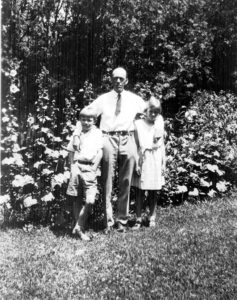
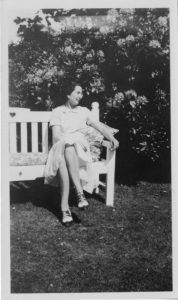
During the years of his marriage to Daisy, Fletcher explored the literary schools of Modernism and Agrarianism, with Fletcher favoring the Agrarian school. John Crowe Ransom, Donald Davidson, and Allen Tate of Vanderbilt University, Tennessee, led the Agrarian literary movement. They called themselves “the Fugitives.” These Southerners promoted the return to an agrarian culture and the abandonment of the industrial culture as represented by the Modernist school.
In 1932, Fletcher’s involvement with this group abated as he experienced a severe bout of depression, requiring hospitalization. Fletcher’s marriage to Daisy also suffered during this time, and the couple divorced in January 1936.
